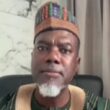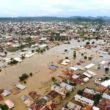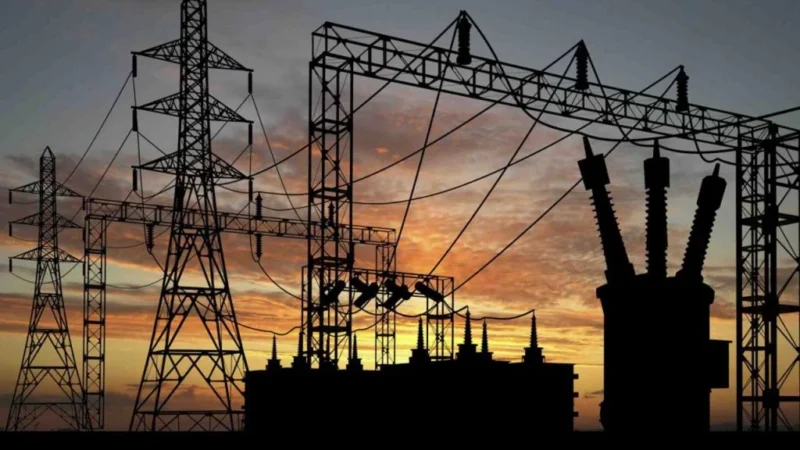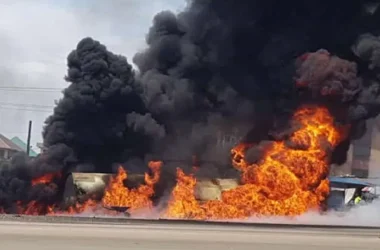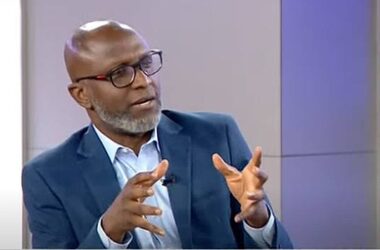The national power grid in Nigeria has collapsed over 105 times in the past ten years, despite large investments and loans aimed at stabilizing the country’s power supply, PUNCH NEWSPAPER reported. This ongoing issue has caused widespread blackouts, affecting millions of people across the nation, including businesses that depend on electricity to operate.
Data gathered shows that under the leadership of both President Bola Tinubu and his predecessor, Muhammadu Buhari, the power grid has failed multiple times. President Buhari’s administration saw about 93 grid collapses between 2015 and 2023, while under President Tinubu, there have been 12 collapses so far, despite being in office for just 16 months.
Over the last decade, Nigeria has secured about $4.36 billion in loans from the World Bank, aimed at improving the country’s power infrastructure.
These funds were supposed to support projects like enhancing power generation, upgrading transmission lines, and expanding access to renewable energy. However, the results on the ground suggest that these funds have not translated into significant improvements.
Some loans, like the Sustainable Power and Irrigation Project worth $500 million, were only signed as recently as September 2024, and are still waiting for disbursement.
Meanwhile, five other loans have begun disbursing funds but large portions of these amounts remain undrawn, slowing down progress on critical projects. The Nigeria Electrification Project, for example, has only used about $269 million from a total allocation of $350 million.
Despite these efforts, the grid continues to collapse, causing power outages that severely impact daily life. Businesses, small-scale enterprises, and households across Nigeria are left without electricity for extended periods, forcing many to rely on costly alternatives like generators.
The Nigerian Electricity Regulatory Commission (NERC) explains that the national grid is designed to function within strict limits. If the grid frequency moves too far outside these limits—whether from a lack of supply or excessive demand—the entire system can collapse.
According to NERC, when the grid is operating outside its normal range, safety mechanisms can shut down generation units, leading to more instability and eventually causing a partial or total system collapse.
Several factors have been blamed for these repeated failures. Poor maintenance of power infrastructure, substandard equipment, and the aging of many power plants have all contributed to the grid’s instability.
NERC reported that as of 2023, a significant portion of the power plants connected to the grid were more than 20 years old, with many suffering from mechanical issues.
Consumers are increasingly frustrated with the frequent blackouts and the lack of progress in resolving the problem. Many have voiced their complaints, particularly those who are on estimated billing, as they continue to pay for electricity they rarely receive.
According to Princewill Okorie, the Convener of the Electricity Consumer Protection Advocacy Centre, “Consumers are at the receiving end in all of this. Their businesses have collapsed. How will they make money?”
In the Federal Capital Territory, residents have called for the removal of the personnel managing the national grid, believing that their incompetence is the reason behind the constant failures. “If the people in charge are not capable, they should be replaced with those who can manage the grid effectively,” said one resident of Kuje.
In response to the continuing grid collapses, the Nigerian government has announced plans to decentralize the national grid by establishing regional power grids. Adebayo Adelabu, the Minister of Power, stated that dividing the country into smaller grids would reduce the likelihood of nationwide collapses. He explained, “This will continue to happen until we can overhaul the entire infrastructure.”
In addition, the NERC has organized a public hearing to investigate the frequent collapses and to explore potential solutions. The hearing is expected to involve various stakeholders, including consumer groups, industry players, and government agencies.


